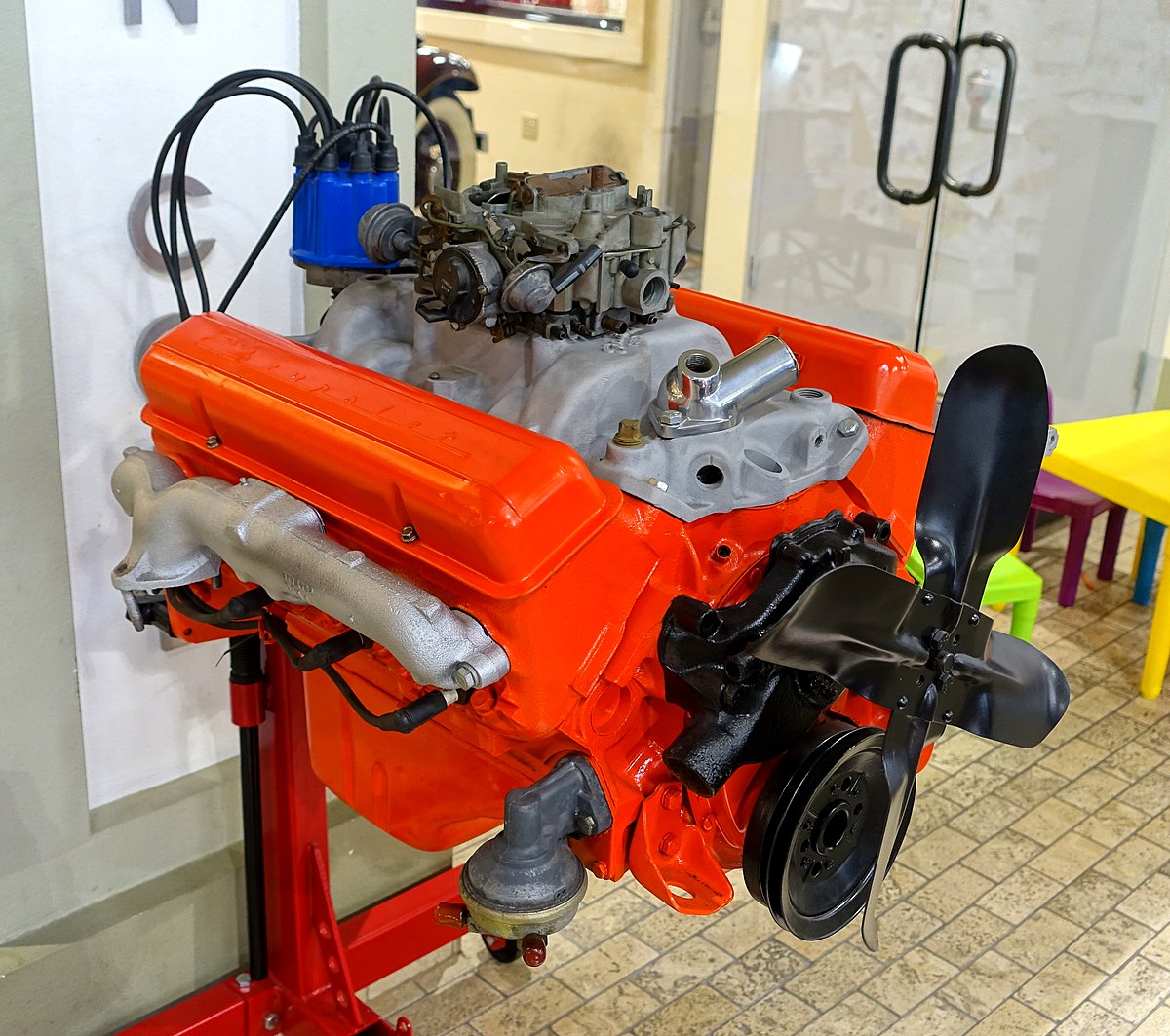I can't contradict that, but I'm not saying I agree, either. I just don't have the data.While the TBI swirl ports only flow about 180 cfm, that is still more than capable of 350 hp. They will stay ahead of most other heads including vortecs until 4,000 rpm.
No. The 929 cam was considerably "bigger". I found this on The Internet: 3896929 Hyd. - 195/202 - .390/.410 - 112 - 327/300HPWon't argue on the camshafts in cars. The cars got the 305 peanut cam unless it was a 9C1 which got the L98 roller cam. The truck cam is the same old generic small block cam GM always used. GM 929 or Melling 274 equivalent. It was used in the 300 hp 350s.
(I don't have a part number for the TBI cam.)
The cam used in the 5/6 lug LO5 was tiny by comparison. Slightly less lift, the same lobe-separation, about thirty degrees less duration; unless GM was playing games with the duration specs of the 929 cam--rating at .006 instead of .050 perhaps? There is NOTHING you can do to "make power" naturally-aspirated when the cam has 166/175 degrees of duration at .050. 195/202 is mild. The LO5 cam is pathetic.
INTAKE LIFT-.382" * EXHAUST LIFT.402" *
INTAKE DURATION @.050-165.9 * EXHAUST DURATION @.050-174.8
LOBE CENTER SEPERATION -111.9
CAMSHAFT MECHANICAL SPECS:
INTAKE VALVE OPENS @ -30.2 BTDC * INTAKE VALVE CLOSES @ 16.1ATDC * INTAKE LOBE CENTERLINE - 111.8
EXHAUST VALVE OPENS @ 18.1BBDC * EXHAUST VALVE CLOSES @ -23.3 ATDC * EXHAUST LOBE CENTERLINE - 111.8
[Edit] No, apparently the 929 is rated at .050 for duration, so the TBI cam really does have thirty dregrees less duration. Found this:
www.hotrodders.com/threads/350-chevy-rv-cams.414281/
The 929 cam as a comparison times at 319/320 at .006 inch lift and 195/202 at .050 lift. valve lift is .39/.41 with a 1.5 ratio rocker and .416/.438 with 1.6 ratio rockers. The LSA is 113 degrees.[/Edit]
Last edited:




